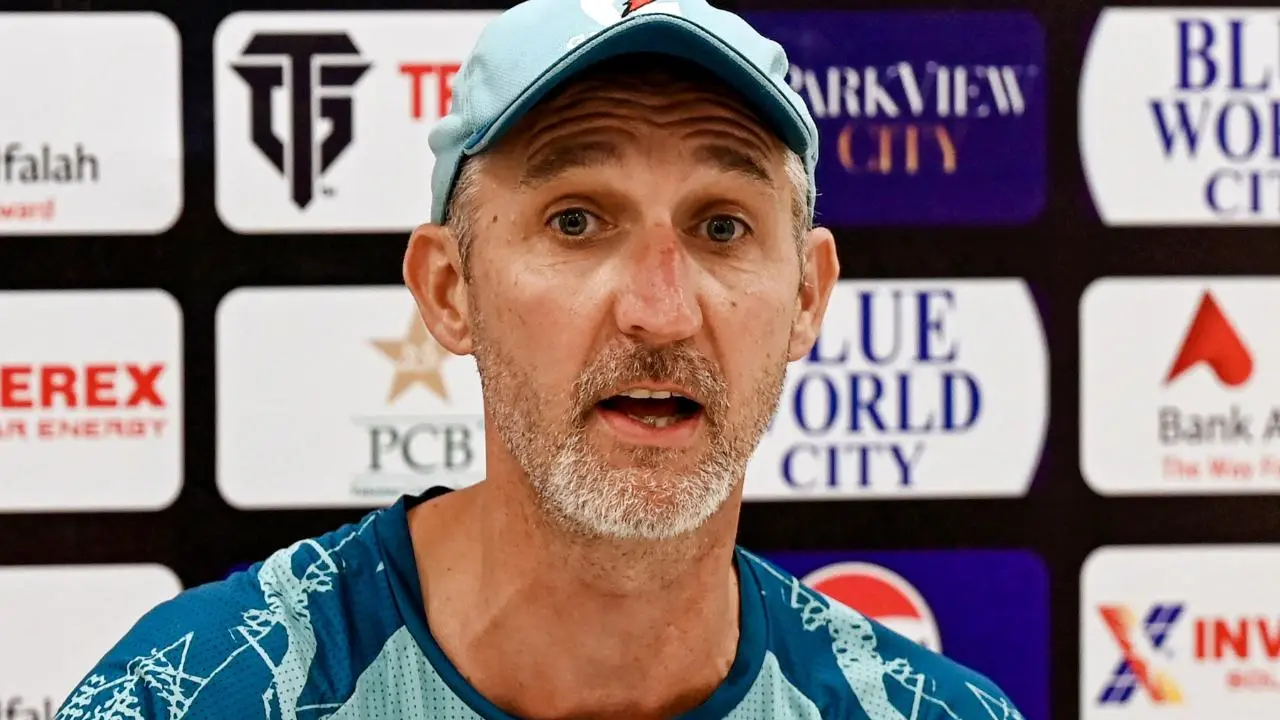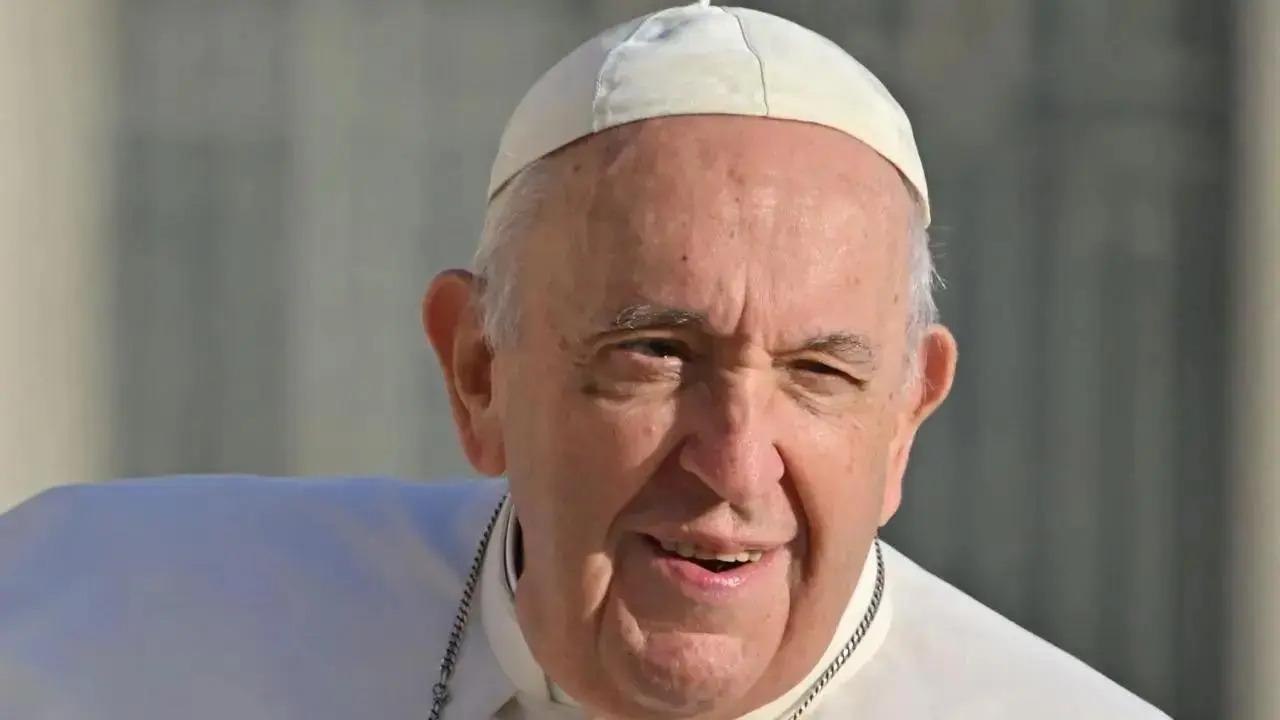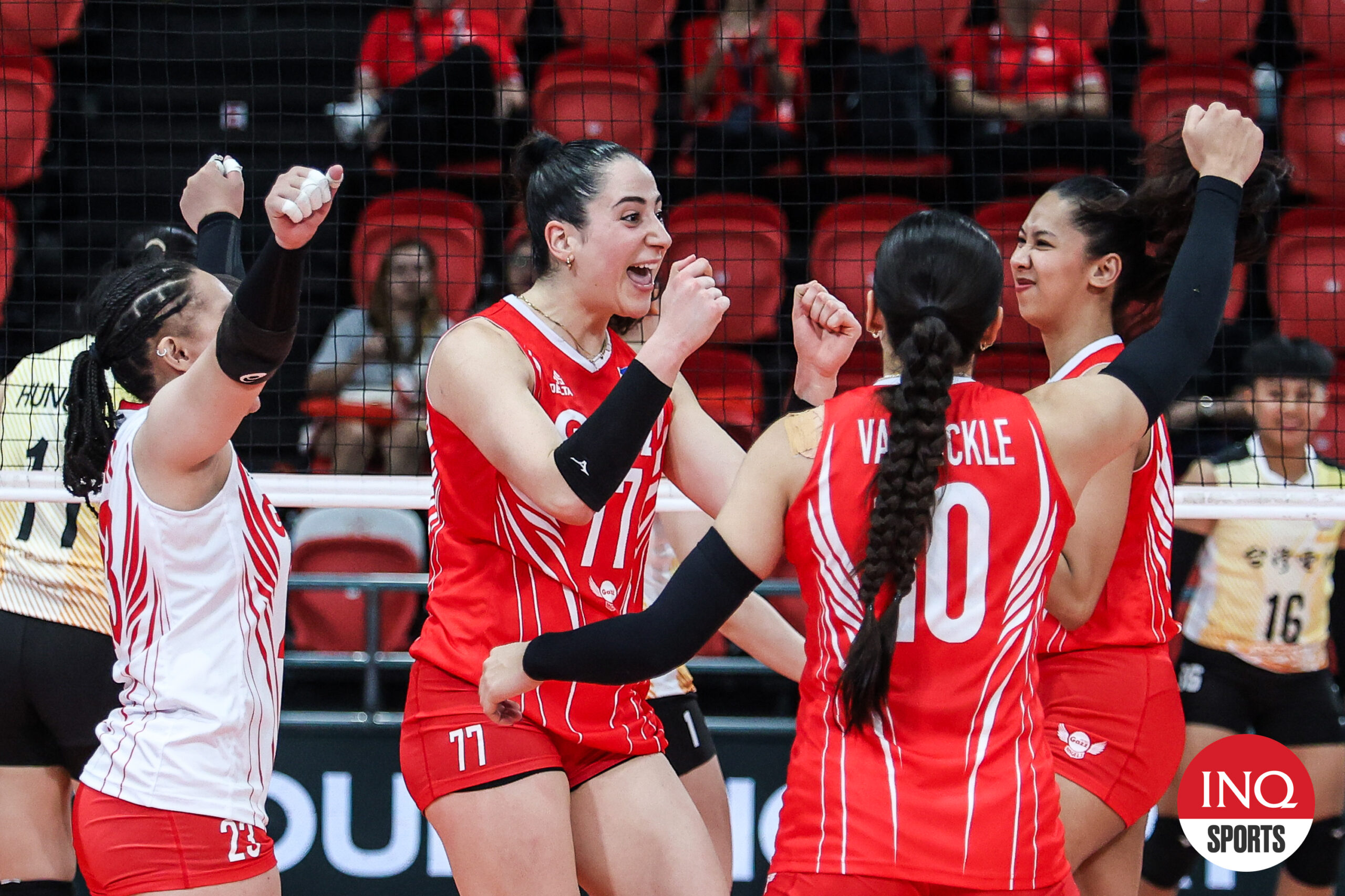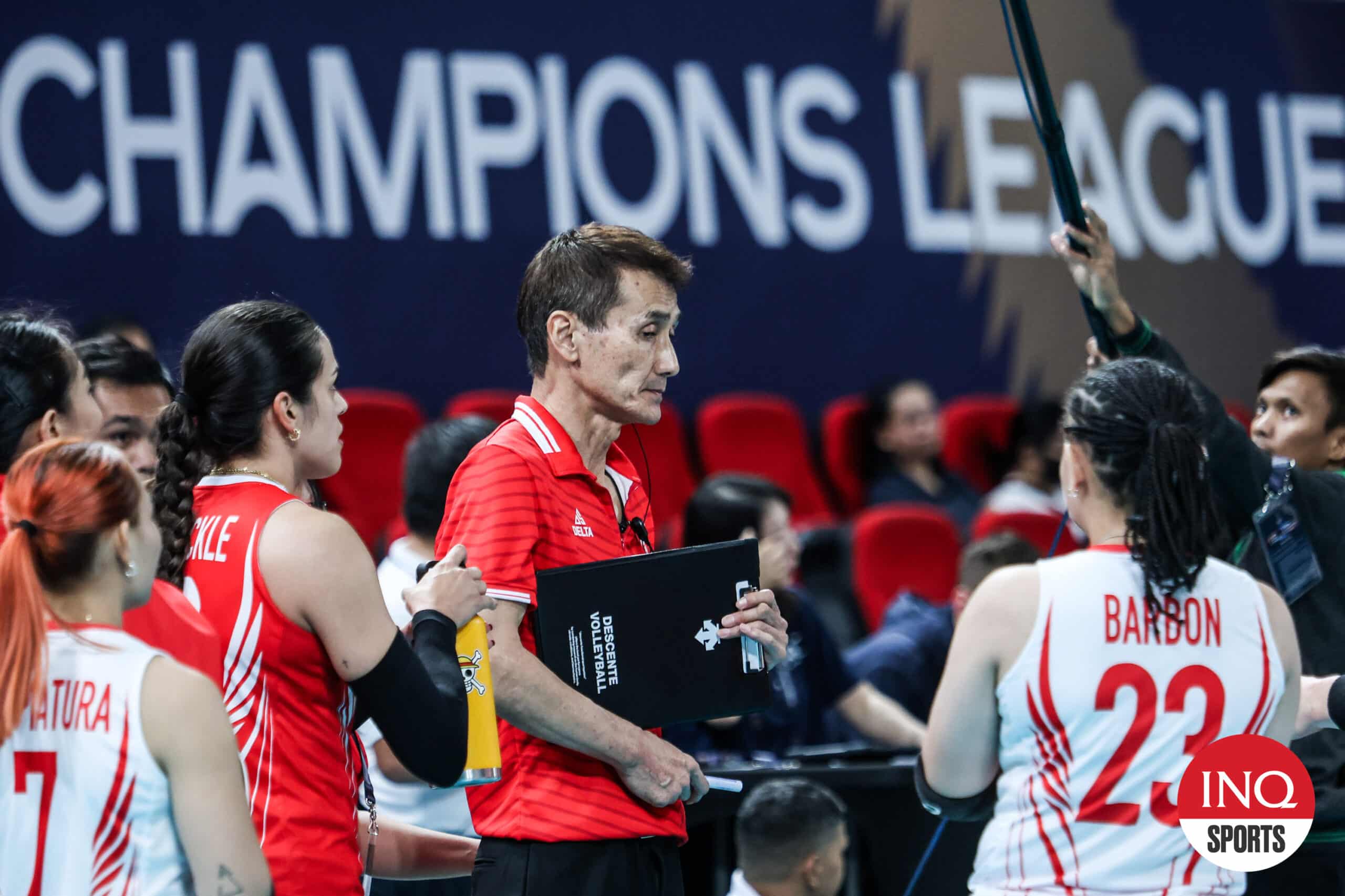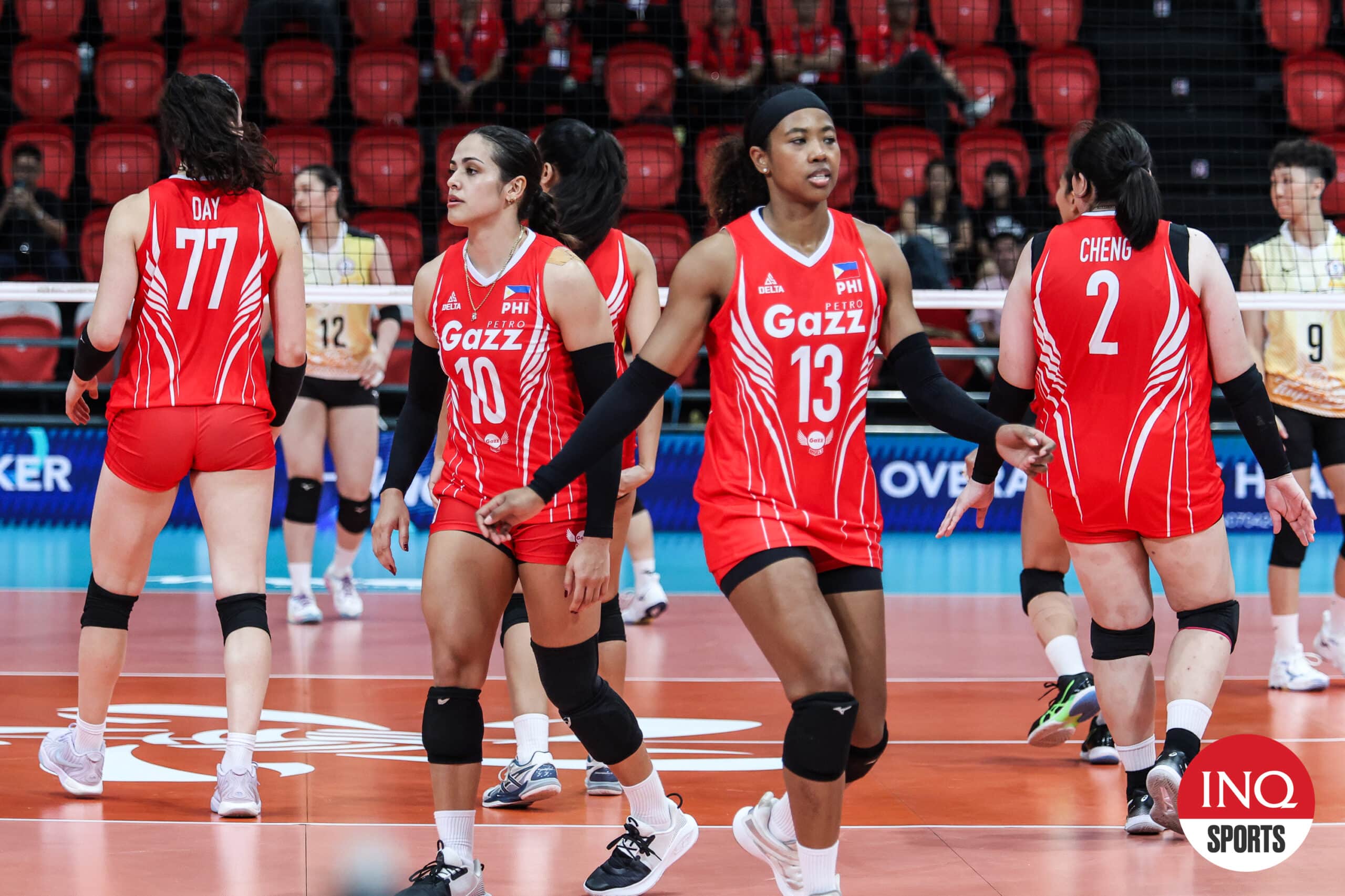FOR 14 HOLES and change at Augusta National yesterday, Rory McIlroy showed why this might just be the year he wins the Masters and then he quickly went to show why he hasn’t won it across any of the last 16 years. The Masters favours fast starters and McIlroy has usually been too slow out of the blocks. Tiger Woods is the only player to win the Masters in the last 20 years without at least finishing the first round inside the top 10, where McIlroy has finished his first round inside the top 10 on just three occasions.
He has broken 70 on a Thursday at the Masters only twice in his career. Somehow none of those stats need an update after Thursday 2025, with McIlroy carding an even-par 72 to leave himself in a tie for 27th place and seven shots off the lead. If McIlroy is going to win from here, it will take a historically improbable comeback: 18 of the last 19 Masters winners were within 4 shots of the lead after the opening round.

And it had all started so well. McIlroy stood on the 15th tee at four-under, bogey-free, tied second with Scottie Scheffler, and looking down at a par-five with which he could perhaps cut into Justin Rose’s three-shot lead. To that point he had showcased the versatility, tenacity and strategy which stirred such optimism that this would be his year.
He has also been learning from Scottie Scheffler, specifically a more conservative course management strategy and, above all, bouncebackability, and the ability to avoid compounding errors. The PGA Tour have a ‘bounce back’ stat, which measures how often a golfer responds to a bogey or worse with a birdie or better at the next hole. Scheffler was second on the whole Tour last year under this star, where McIlroy was 131st.
But across 2025 up to the Masters, McIlroy had vaulted himself up to 27th in the bounce back rankings. But could these new priorities withstand the brutal weight of the Masters’ pressure? Alas. Everything foundered on the 15th hole, a classic in the genre of Augusta’s risk-reward par fives.
Received wisdom at the Masters is you’re better off attacking the green over the water rather than laying up in front of it, given how tough the up-and-down is. This year, however, there is a new green at 15 and it’s playing more fast and firm than ever before. “The green is new so it gets a little bit firmer than some of the other ones,” said Ludvig Aberg.
“That 15th green, by Sunday I don’t know what we’re going to do to try and stop the ball on the green. It’s very, very firm,” said Shane Lowry. Given the treachery of the green, McIlroy got too aggressive with his second shot.
He flushed a four iron to the right of the pin, but then saw it bounce up and roll off the back of the green and halt down the slope. From there he backed his pitching skills to get the ball up and down but he hit a bad shot: the ball didn’t get grab on the green as he hoped it would, and it then raced by the pin and rolled into the water. It was a classic flourish from Augusta National, tempting players into high tariff editions of their strongest shots before chewing them up.
Rather than try the shot again, McIlroy walked around to the drop zone in front of the water but again couldn’t keep his approach on the green, and ultimately walked away with double bogey. It was a moment McIlroy lost his conservative course management, and we know this by contrasting with Scheffler’s approach. Where McIlroy aimed right from the fairway, Scheffler aimed left.
Scheffler played the hole a few hours earlier than McIlroy, which meant he wasn’t dealing with firm a surface, but for his second shot, he aimed way left of the pin. He couldn’t land the ball on the green, and so faced a pitch over the back. He had much more room to work with, though, and so aimed way left of the flag, and brought the ball to a halt.
He made par and moved swiftly on. Viktor Hovland, like McIlroy, hit a four-iron into the 15th green but unlike McIlroy, he aimed to the left of the pin. The ball bounced and ran down the slope, and so Hovland’s third shot ended up in a similar spot to Scheffler’s.
Similarly, Hovland aimed way left of the pin with his pitch to try and give the ball extra room to roll without threatening the water. “I made sure to hit a high soft one and just keep it really far left, and even then it came trickling back and hit a nice shot in there,” said Hovland. “I was really happy with my birdie.
But you don’t have to be far off to make a double or hit it in the water or whatnot.” McIlroy attacked the pin with his pitch, rather than making like Hovland and using some of the room to its left. Playing in McIlroy’s group, Aberg went left of the pin too, and the ball rolled slowly to the fringe of the green, from where he made birdie.
Lowry laid up to the front-right of the pin so as to give himself an angle to hit it left too, from where he escaped with a par. McIlroy took the riskier tactic and was punished where others got away with it. Playing in the group behind McIlroy, Bryson DeChambeau attacked the right of the pin and landed his approach around a foot to the left of McIlroy’s: it was a tiny difference in landing zone, but DeChambeau’s ball stopped at the fringe of the green and he made birdie.
Leader Justin Rose, whether by accident or design, ended up right of the green entirely, but it was a good spot to miss, as he could bump the ball against the fringe to take the speed from his shot and so take the water out of play. Patrick Cantlay, meanwhile, ended up in a similar spot to McIlroy, albeit a little further back. He tried to play a chip against the fringe of the green to take the pace from the ball.
. . but couldn’t execute an admittedly fiendish shot and ended up in the water.
That he tried it again with the same result and carded a triple-bogey eight was justification for McIlroy’s call to go to the drop zone. It was a horrible moment for McIlroy, but one designed by the cruelty of the course: it tempts the world’s best players into trusting their best skills, and then makes a mockery of them. But if the double on 15 was on Augusta National, then 17 was all on McIlroy.
A talking point from McIlroy’s heartbreak on the final hole of the US Open last year: why did he hit driver off the tee? A talking point from McIlroy’s second double-bogey yesterday: why didn’t he hit driver off the tee? McIlroy didn’t speak to the media after yesterday’s round so we don’t yet know his rationale this time around. But having been driving sensationally well to that point, he clubbed down for the 440-yard par-four 17th. He presumably did so to prioritise accuracy, and allow the aggression kick in on the second shot: McIlroy aimed right to give himself a nice angle to the pin.
He got a little too much angle, with the ball rolling into the second cut. What followed was his worst shot of the day. Having been disciplined with distance control all day, he flew a nine-iron over the pin and the ball bounced once off the green and rolled down the green’s back slope, leaving him a hideous up-and-down.
The veterans around Augusta will tell you success is rooted in missing in the right places. There was one place to miss on 17 yesterday, and it was where McIlroy missed it. Scheffler missed the 17th green, for instance, with a poor tee shot that went left, from where he could hardly see the green.
Scheffler, though, then missed in the right place: he found safety in the rightside bunker and got up and down for par. McIlroy, though, had an extremely difficult task from his landing spot, and left his chip 28 feet from the hole. From there, his putter finally let him down, and he three-putted for the first time, missing a bogey putt from six feet.
It was a shot he couldn’t afford to throw away. McIlroy did very well to staunch the bleeding on 18, making par having found pinestraw with his drive. The damage, however, was done on 15 and 17, and it all felt an encapsulation of McIlroy’s recurring problems at Augusta: one mistake provoked by the course, which was then compounded by a second error all of his own making.
No Masters champion since 1982 has made more than one double bogey across their four rounds, and McIlroy made two in three holes. From here he needs a historic comeback. .
. and history at Augusta National is generally always against Rory McIlroy..
Sports

How Rory McIlroy's dream Masters start unravelled

McIlroy played perfectly for 14 holes. . . and proceeded to undo it all with double-bogeys at 15 and 17.










